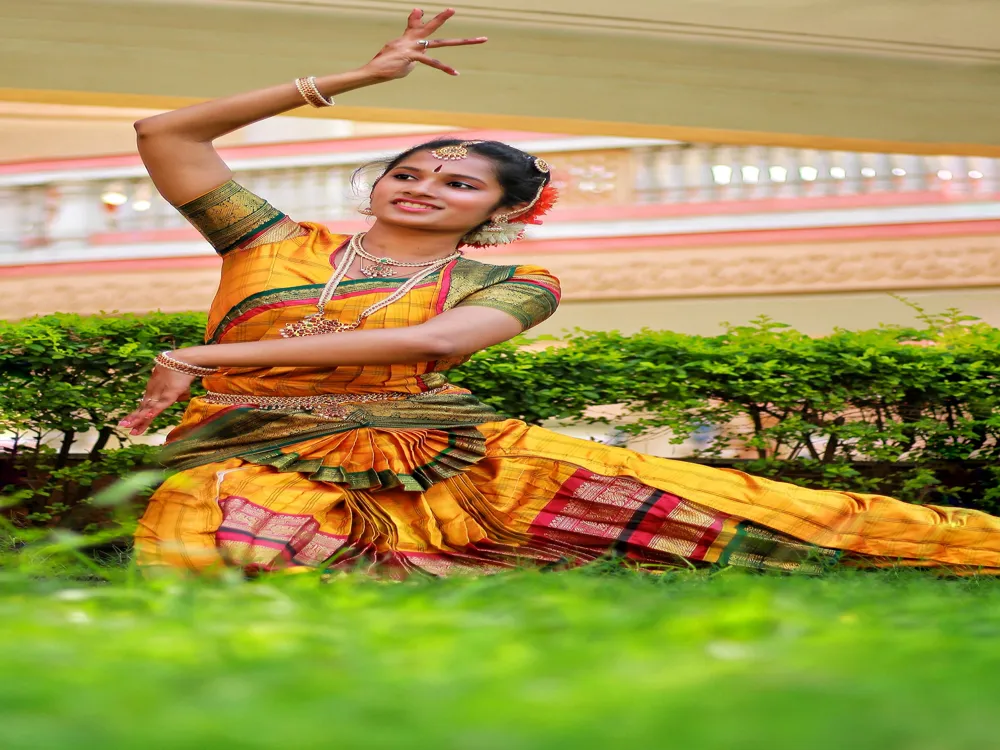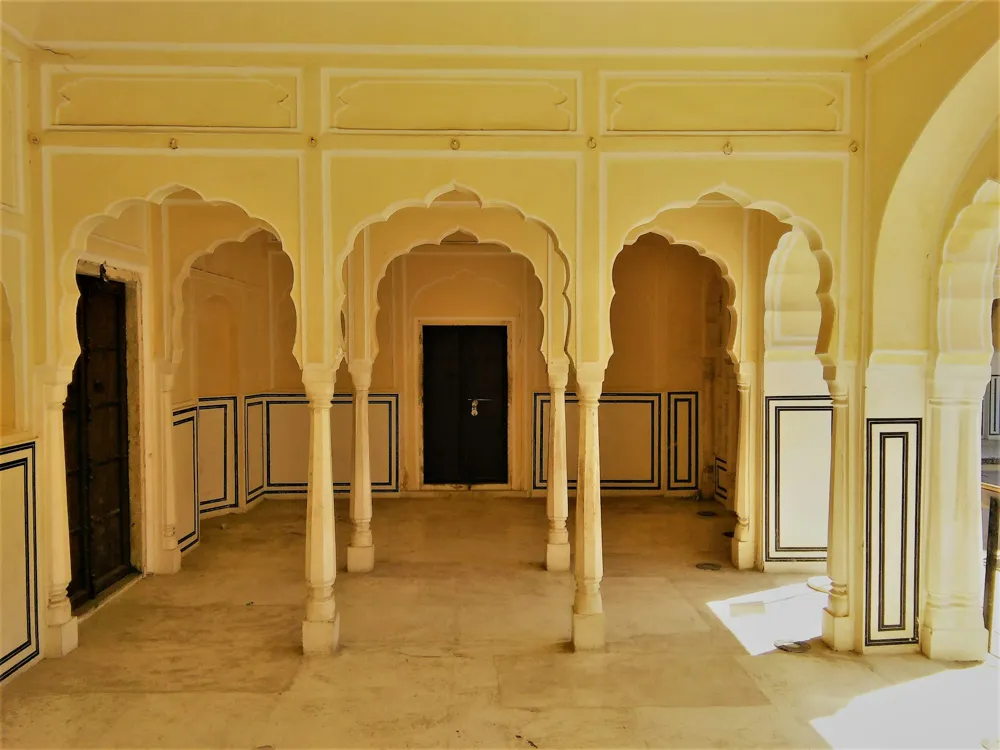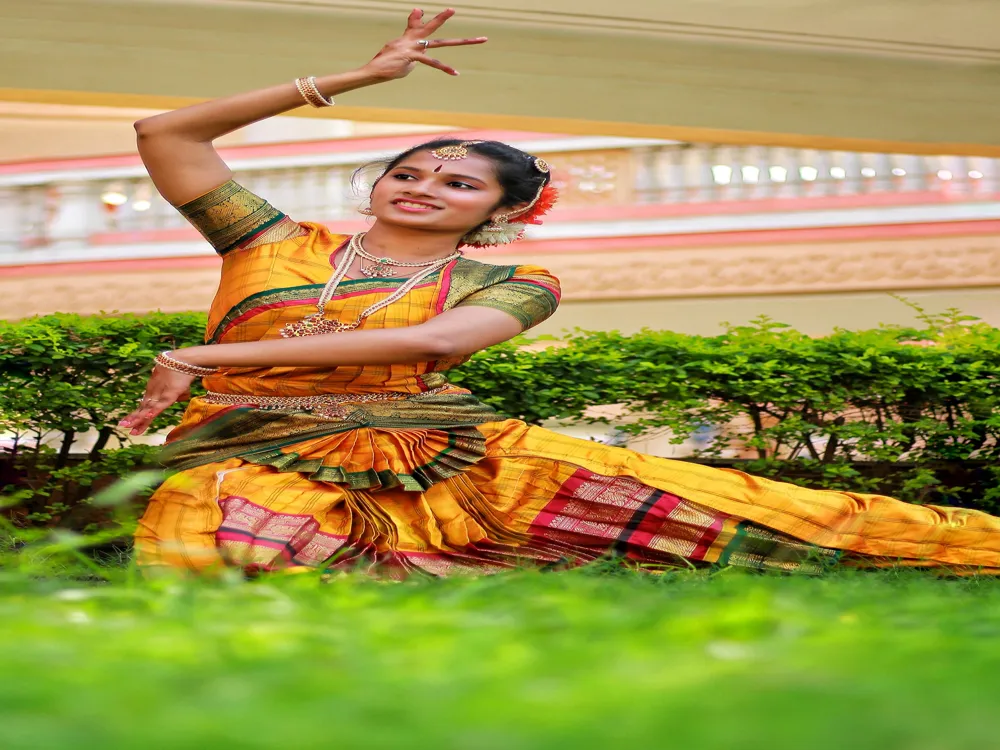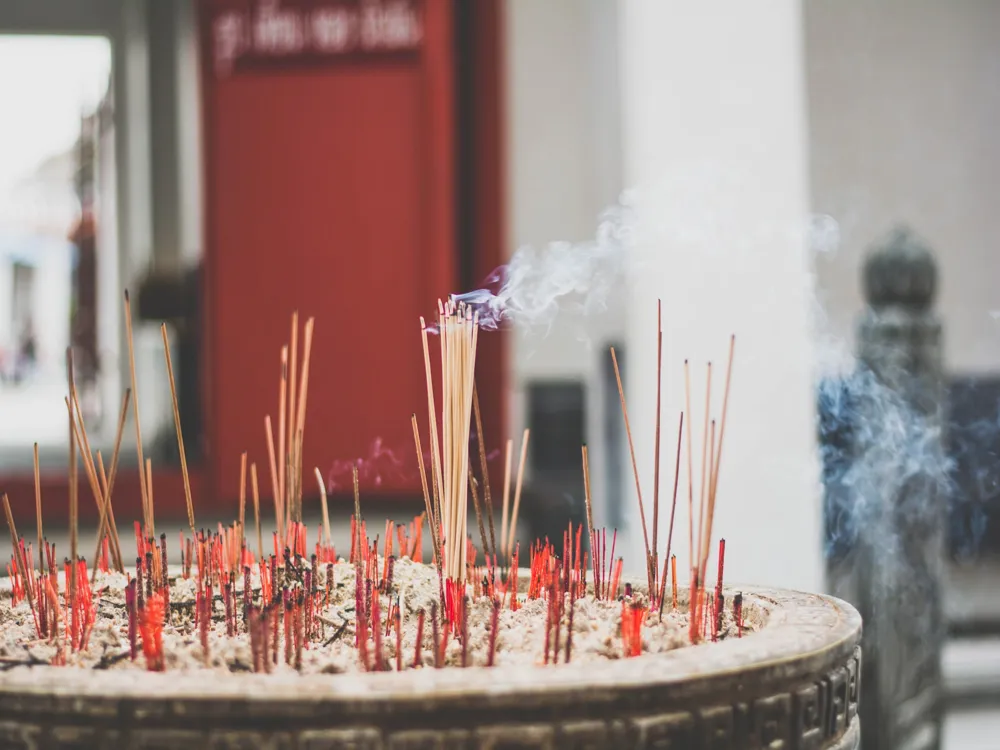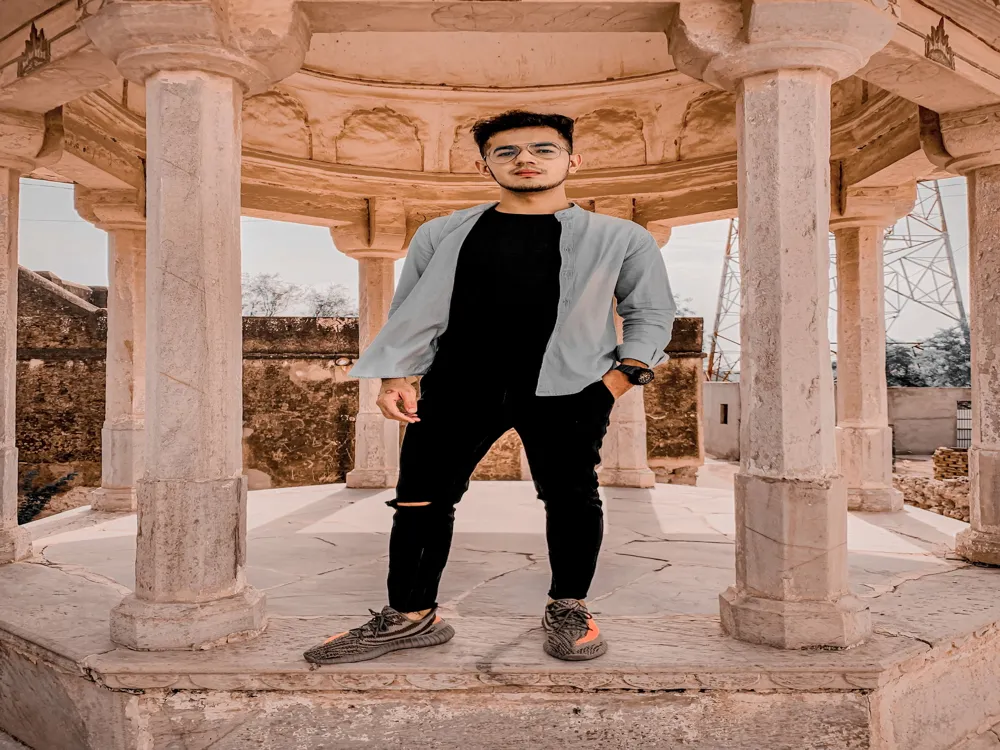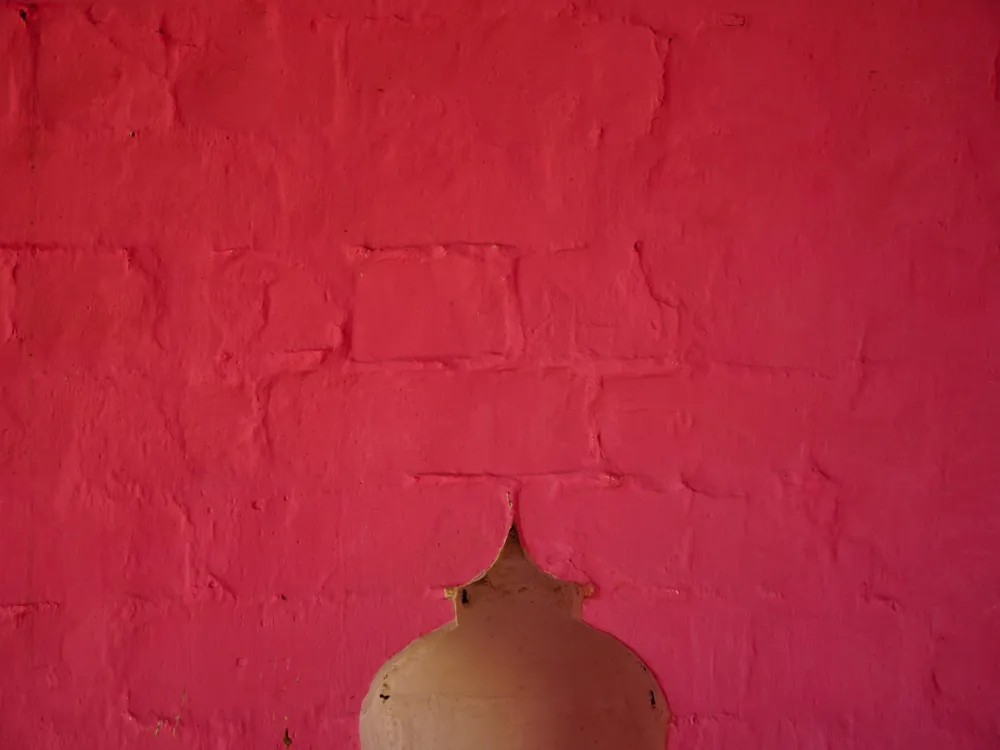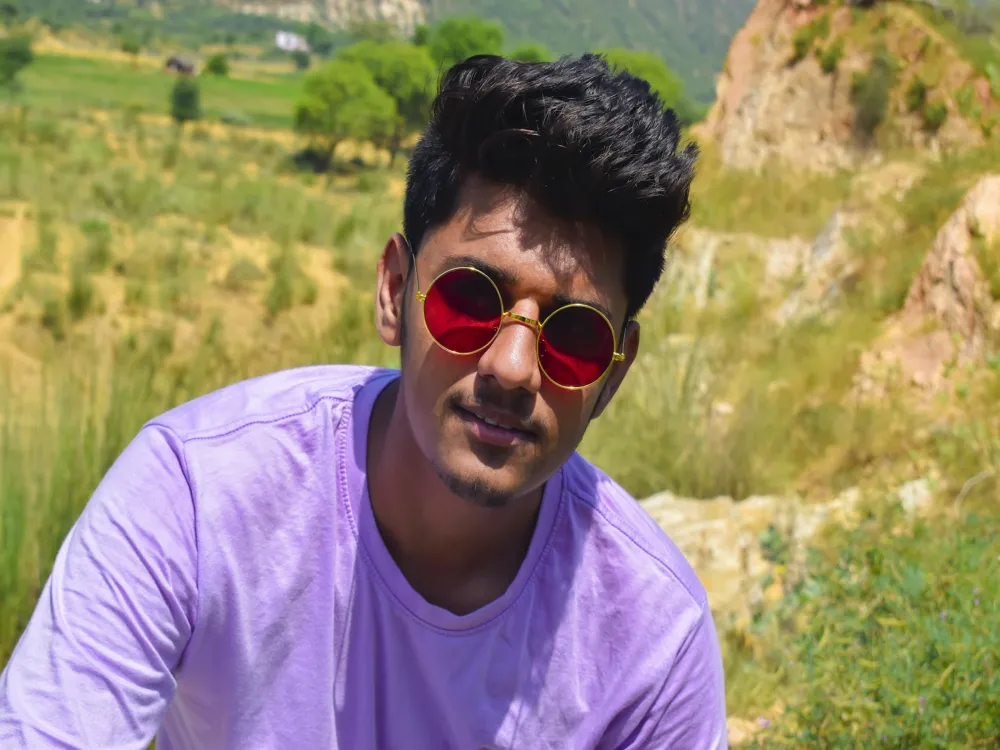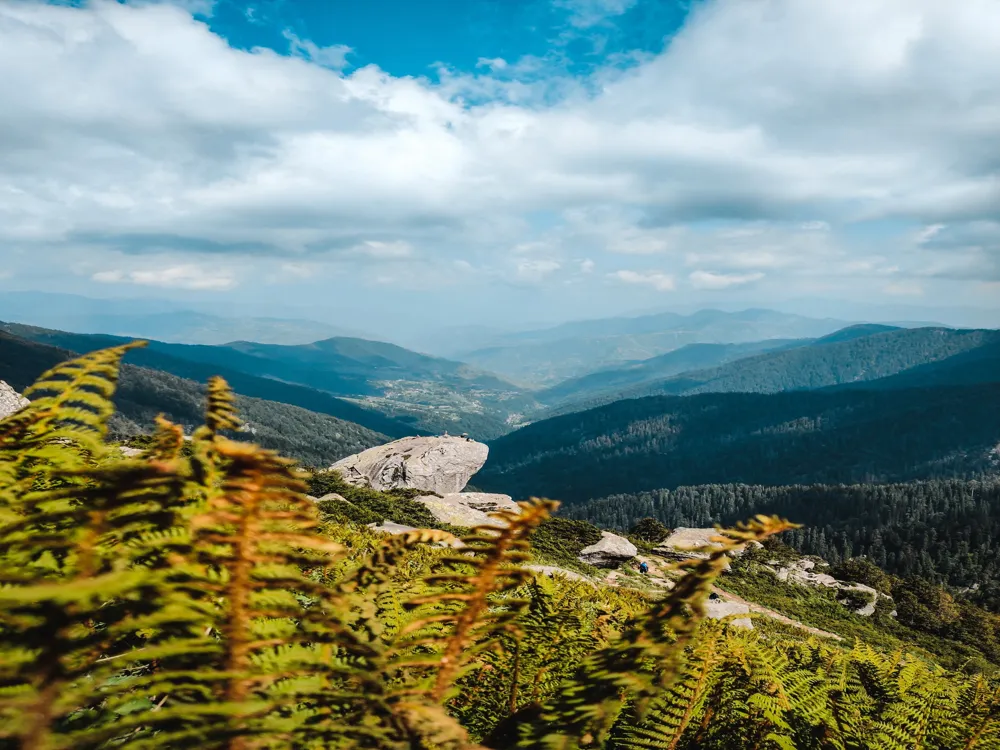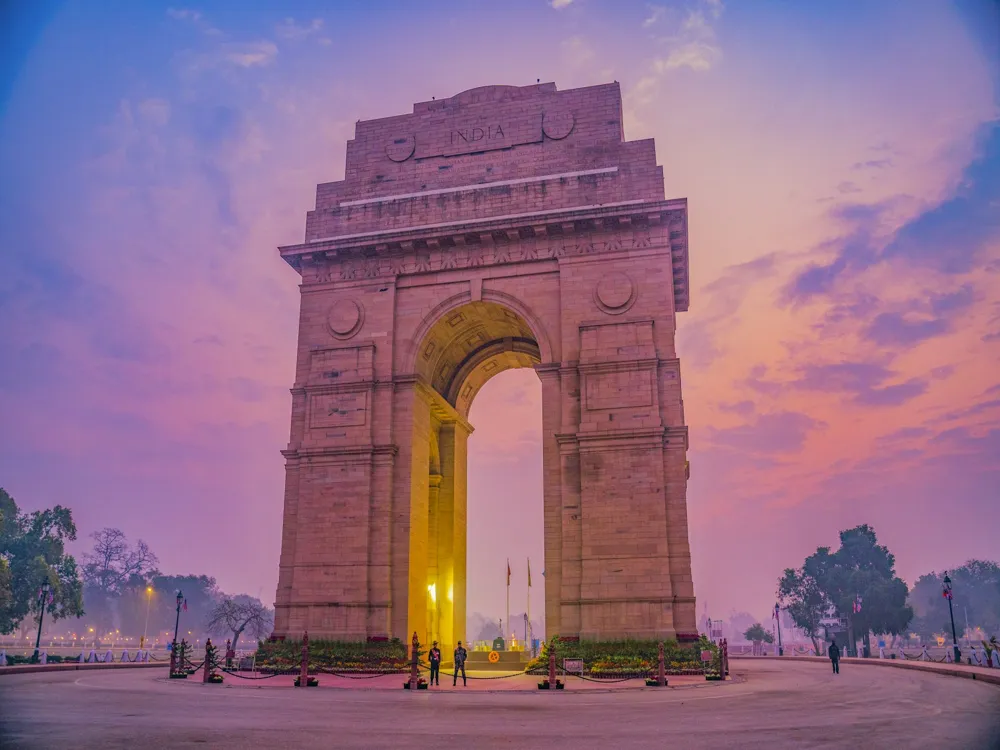Steeped in history and adorned with striking architectural splendor, the havelis and forts of Jhunjhunu in Rajasthan are a testament to the region's glorious past. This guide takes you on a journey through the grandiose structures that embody the rich cultural heritage of Rajasthan. From the grand havelis, with their intricate frescoes and opulent designs, to the imposing forts that stand as sentinels of history, Jhunjhunu offers a peek into the lavish lifestyle of the Rajput nobility. The architecture of Jhunjhunu's havelis and forts is a blend of Rajput and Mughal styles, showcasing an intricate balance of form and function. These structures are renowned for their elaborate frescoes, detailed carvings, and spacious courtyards. The havelis, in particular, are distinguished by their grand façades, ornate gateways, and beautifully painted walls. The forts, on the other hand, stand as robust monuments, with strong battlements, wide ramparts, and strategic positions, reflecting the martial legacy of the region. Havelis in Jhunjhunu are not just residential structures; they are a canvas where the tales of a bygone era are painted in vivid colors and intricate designs. These palatial homes were built by wealthy merchants and nobles, each vying to showcase their affluence and artistic sensibility. The frescoes on these havelis depict scenes from mythology, local legends, and everyday life of the Rajput era, offering a visual treat to visitors. The forts in Jhunjhunu are emblematic of the region's strategic importance in Rajasthan's history. Constructed primarily for defense, these forts boast of thick walls, heavy gates, and watchtowers, along with hidden passages and grand palaces within. Their strategic locations, often on hilltops or amidst rugged terrain, speak of a time when battles and sieges were frequent, and the need for protection was paramount. The architectural intricacies of Jhunjhunu's havelis and forts are a marvel. Frescoes are a significant aspect, characterized by their vividness and detail. These paintings use natural dyes and often gold and silver leaf. Jharokhas (balconies), chhatris (cenotaphs), and jaalis (lattice screens) are other notable features, showcasing the craftsmanship of the artisans. The forts, with their blend of strength and beauty, feature ramparts that offer panoramic views, dungeons with tales of yore, and palaces that narrate stories of royal extravagance. The ideal time to visit Jhunjhunu is between October and March when the weather is pleasant, making it comfortable to explore these architectural marvels. Visitors are advised to dress modestly, respecting the local culture. Comfortable footwear is recommended as there is a lot of walking involved in exploring the forts and havelis. Opting for a guided tour can enhance your experience, providing insights into the history, legends, and architectural details of the sites. Carry a good camera to capture the intricate details of the frescoes and architecture. Early morning or late afternoon light is ideal for photography. Jhunjhunu is well-connected by road, rail, and air. The nearest airport is Jaipur International Airport, from where you can hire a taxi or take a bus to Jhunjhunu. The town also has a railway station that is well-connected to major cities in India. Additionally, state-run buses and private coaches offer regular services to Jhunjhunu from neighboring cities and towns. Read More:Discover the Majestic Havelis and Forts of Jhunjhunu, Rajasthan
Architectural Marvels: The Havelis and Forts of Jhunjhunu
The Splendor of Havelis in Jhunjhunu
Fortifying History: The Forts of Jhunjhunu
Exploring the Intricacies of Architecture
Tips When Visiting Havelis and Forts in Jhunjhunu
Best Time to Visit
Dress Code and Etiquette
Guided Tours
Photography Tips
How To Reach Havelis and Forts in Jhunjhunu
Haveli and forts
Jhunjhunu
Rajasthan
NaN onwards
View jhunjhunu Packages
Jhunjhunu Travel Packages
View All Packages For Jhunjhunu
Top Hotel Collections for Jhunjhunu

Private Pool

Luxury Hotels

5-Star Hotels

Pet Friendly
Top Hotels Near Jhunjhunu
Other Top Ranking Places In Jhunjhunu
View All Places To Visit In jhunjhunu
View jhunjhunu Packages
Jhunjhunu Travel Packages
View All Packages For Jhunjhunu
Top Hotel Collections for Jhunjhunu

Private Pool

Luxury Hotels

5-Star Hotels

Pet Friendly







